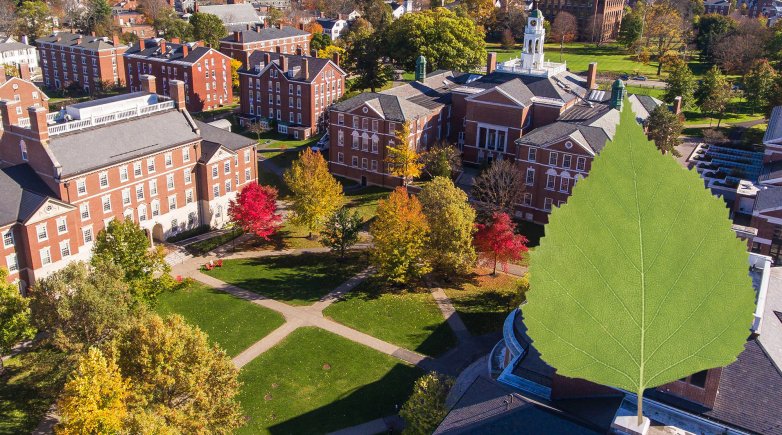How green is Exeter?
15 facts about the school’s sustainability efforts today.
In May 1927, the Academy’s first Nature Club formed, offering Saturday morning nature walks every other week. “For admission to the Nature Club,” The Exonian reported that spring, “a student must describe 25 trees, 25 flowers or 30 birds,” with faculty members serving as “examiners” of these findings.
The club is one example among many of the school community’s long-held interest in the environment and, increasingly in recent decades, the conservation and protection of natural resources. As we celebrate the 50th anniversary of Earth Day and consider more urgently the global impact of our individual actions on the planet, we look at some of the work happening on campus — oftentimes behind the scenes — to limit our footprint. No list could capture everyone’s efforts, and there is of course still much more to do to achieve greater carbon emissions reductions and increased community-wide education. But here are 15 ways the Academy is already moving in the right direction.



